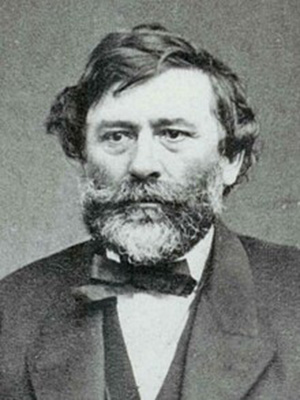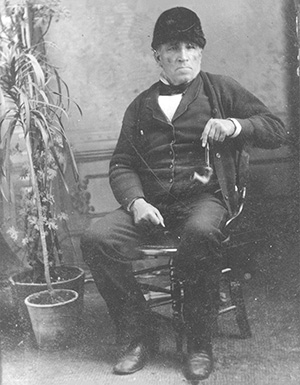Wollersheim Distillery Press House Brandy

Wollersheim Winery is located on a scenic hillside overlooking the the Wisconsin River, across from Prairie du Sac, Wisconsin, about 30 miles northwest of Madison. In addition to the winery, the property now includes a distillery and a bistro.
Wollersheim is considered one of the more established wineries in Wisconsin, and is known for producing both wine and distilled spirits on site.
The Winery
The vineyards were first planted by Agoston Haraszthy (a Hungarian nobleman) in the 1840s. However, finding Wisconsin winters too inhospitable for what he wanted to do. Haraszthy left the state in December of 1849, and headed west. He brought close to 100,000 grapevine cuttings from Europe, (predictably, mostly vines from Hungary) to Sonoma, California, in 1852. This was the introduction of the first European vines and grape varieties to California. He then founded the first commercial winery in California, Buena Vista Winery, in 1857, and went on to be known as “The father of California viticulture.”

Following Haraszthy, German immigrant Peter Kehl took over. He planted American grape species better suited to the cold climate, and built a winery in 1876. In the late 1800s, Kehl’s son Jacob made brandy as well as wine, mostly used to fortify some of the wines, much like Port, rather than as a stand-alone spirit. But after Jacob’s death in 1899 and a difficult winter, the vineyard/winery operations ceased, and it reverted to a conventional farm.

In 1972, Robert and JoAnn Wollersheim purchased the property from a Kehl’s great-grandson, and began restoring it as a working winery. The property was added to the National Register of Historic Places as “Kehl Winery” in 1976.
Philippe Coquard, from the Beaujolais region of France, arrived at Wollersheim in 1984 as part of an agriculture exchange. A year later he became the winemaker. He later married Julie Wollersheim, the daughter of Robert and JoAnn, and continues to co-own and operate the facility.

Continue reading “Wollersheim Distillery Press House Brandy”
